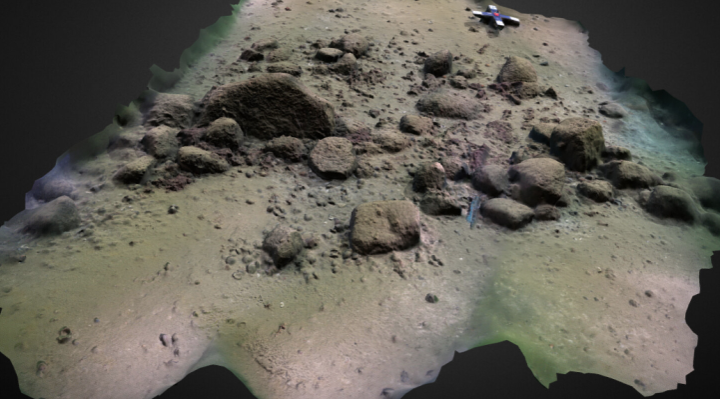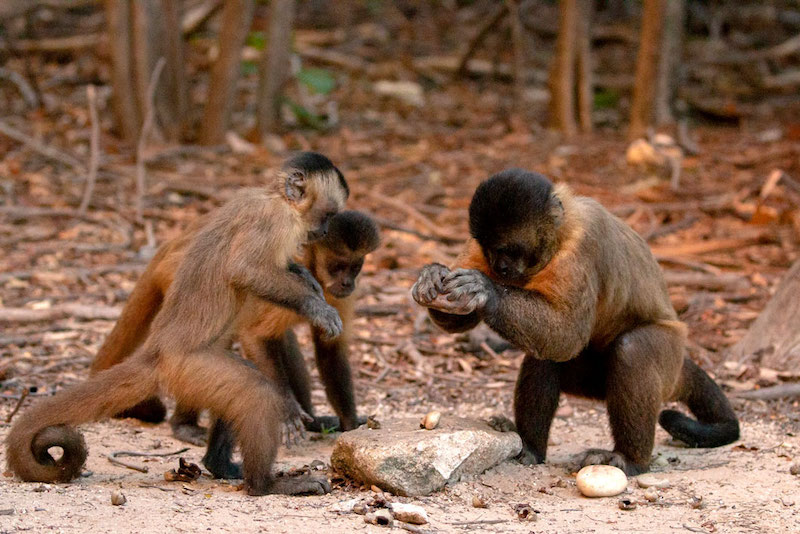The analysis of bones from the Stone Age revealed that, contrary to popular belief, people of this period emphasized a plant-based diet.
The study, published Wednesday in the scientific journal PLoS ONE, analyzed the bones of 24 individuals from the Wilamaya Patjxa and Soro Mik’aya Patjxa excavation sites in the Altiplano of southeastern Peru.
Randy Haas from the University of Wyoming, who led the study, said of the findings:
It is widely believed that early human societies focused on hunting. This led to high-protein dietary trends such as the Paleo diet. However, our analysis showed that on average, their diets consisted of 80 percent plant matter and 20 percent meat.
Haas reported that the group in the Altiplano were hunter-gatherers who lived between 9,000 and 6,500 years ago and were thought to have had a meat-based diet until now. However, the study found that 70 to 95 percent of their diet consisted of plants.
The researcher, who said he was “shocked” by the results, said that the bulk of the group’s diet consisted of a food called “tuber”, a cousin of the potato.
Herman Pontzer of Duke University said the research adds to the body of work showing that prehistoric dietary habits were very diverse.
Noting that there is no single type of Paleo diet, Pontzer said that communities in the Stone Age generally consumed the resources they had access to in their environment, and that diets varied according to the seasons and whether resources were depleted or not.
“Humans have had a really diverse diet as far as we can tell. So they can be successful on any kind of diet. Stick with the diet that works for you. But these kinds of revisionist approaches to the past to support certain dietary choices should be reduced.”



